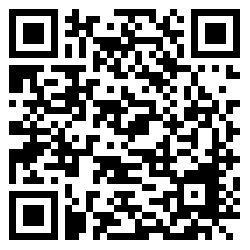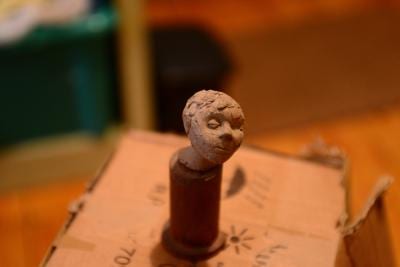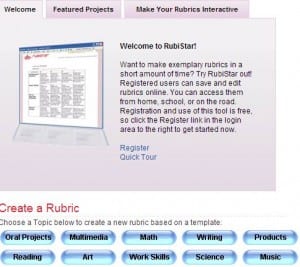Augmenting our realities and working together
By Rod Digges, on 24 February 2015
Last year I had the opportunity to contribute to BASC2001 an interdisciplinary course looking at the world of objects, the stories they hold and how they are researched and represented.
Updating the materials for my contribution this year, part of which involves the different ways objects can be represented digitally, I came across a number of online tools that I thought it would be worth writting about, they demonstrate how much easier it’s becoming for those with no great technical expertise to create 3D models, Augmented Reality scenarios and also to collaborate in website design.
The model above, a small maquette, made by a student at the Slade in the 1950’s was captured by simply taking a series of 25 photos and uploading these to http://apps.123dapp.com/catch/ a free cloud service that converts pictures into 3D models. The service provides an embed code that allows models to be placed in a web page but doesn’t allow annotation, https://sketchfab.com/ does, so the model files were re-uploaded there to provide the model shown above.
The creation of models like this is now a fairly simple task and once created newer online tools provide even more opportunities for the ways in which they can be represented; http://www.metaio.com/ has a downloadable Augmented Reality (AR) application (free for basic use) that allows models to be animated and viewed using ‘real world’ triggers like QR codes, images, or even locations.
By downloading an AR browser (from http://www.junaio.com/) to an Android or Apple mobile device these augmented realities can be viewed. If you’re interested in seeing for yourself, load the junaio browser onto your smartphone or tablet, scan the QR code below and then point it at the picture of the model below.
As well as looking at ways of representing objects, students of BASC2001 have, in groups, to create a virtual exhibition of their allocated objects. While researching services that might help students with this task I came across https://cacoo.com – an online tool that allows users to simultaneously edit things like wireframe outlines for web sites – wireframing is a way laying out the essential structure of a website prior to ‘meat being put on the bones’, it’s an important step allowing teams to layout and discuss design decisions prior to committing to the work involved in realising a particular site.
One of the great features of the cacoo service is multiple editors can work simultaneously on the same page and view in realtime all the change that are being suggested. Another feature is that collaborators don’t need high level web design skills in order to contribute – an important consideration for students coming from a range of disciplines and having very different levels of digital literacy.
The ability to edit can be controlled by invitation only but, for the brave, layouts can set to be world editable like this one – https://cacoo.com/diagrams/Ubzjolw5T8HBAtTw
 Close
Close





